Runkel
Most photos taken in 2008, with one from 1979.
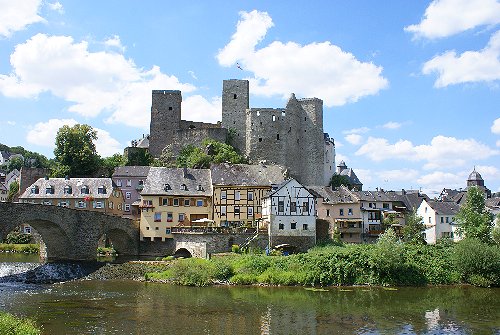
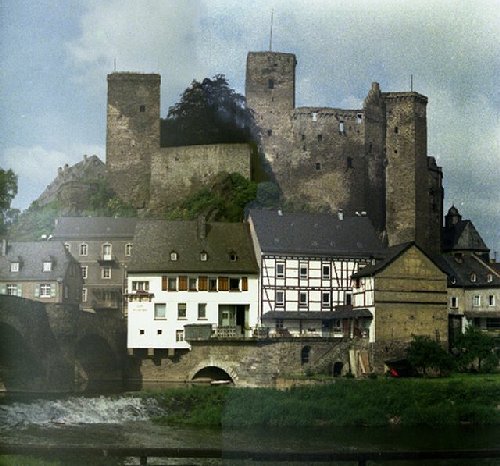
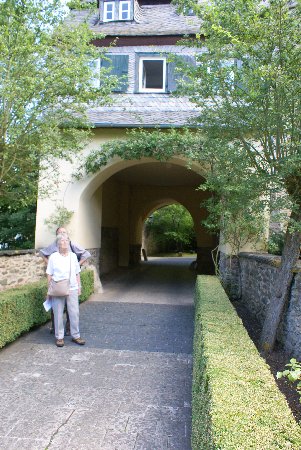
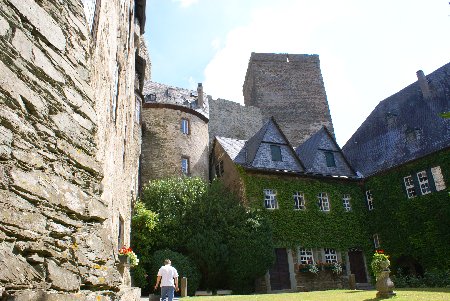
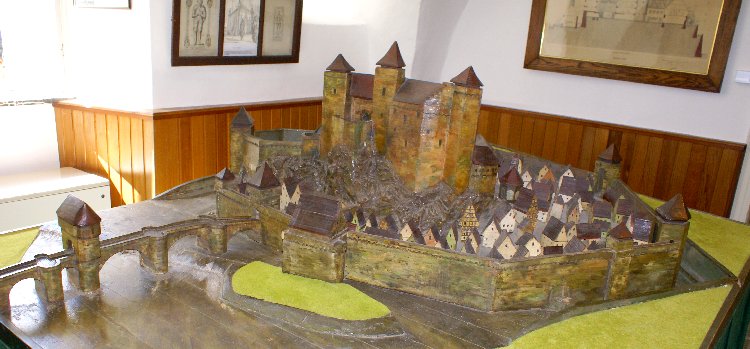
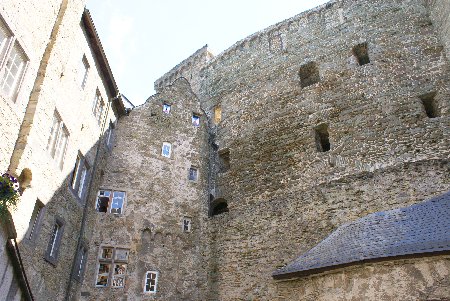
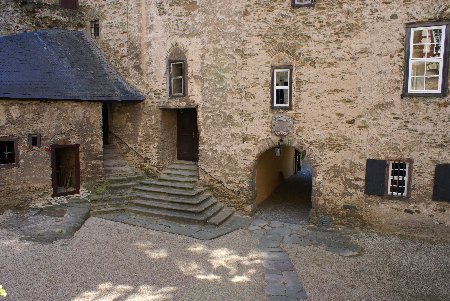

Above left, Runkel in 2008. Above, the castle in 1979 while I was riding my bicycle through Germany on the way to Switzerland.
Runkel was built around 1059 by the Lords of Runkel. This later included the Schadeck castle across the Lahn River, but this castle, in 1288, became part of the Westerburg family, and hence a rival.
The castle lent its name to the town, which became a fief to the Runkel family in 1159. The bridge over the Lahn was built in the 1440s, but took almost eight years to complete because of the feud between the Runkel and Westerburg families.
During the Thirty Years War the castle was besieged by Croatian troops fighting for the Holy Roman Emperor under the command of Isolani in 1634. The castle was taken, being plundered and burned. It was rebuilt in the 1640s more as a residence than castle. At one point French revolutionary troops occupied the town in 1796, and were driven out by force by the Landgrave of Hesse-Darmstadt. They did not do any additional damage to the castle.
The property remained in the Runkel family until 1824 when the male line ended. It then passed to the Princes of Weid-Neuwied, who own a castle on the Rhein that they used as their residence. As a consequence, Runkel decayed from lack of use and maintenance.
Above, a view in the residential courtyard. Right, a view of the main gate. This gate still shows evidence of the slots used for barring the gate.
Above, a photo of the model within the castle showing how the structure appeared in the 1500s. Notice how some of the residential buildings are within the outer wall. These homes were the residence and shops of the local middle class merchants and artisans.
Left, two views in the older courtyard. The one above shows the tower that contains a stairway, while just visible from the center to the right is the walkway that provided an excellent elevated position to help protect the courtyard.
The next photo shows a view of the courtyard to the right of the one above, and of course at the base. Several entrances take you into the numerous rooms of the castle or another stairway.
Right, a view of the elevated walkway as seen from one of the entrances. This stretch may have been crenelated, but since had the top of the wall smoothed out for ease of repair and maintenance. If memory serves me, the opposite door seen in the distance was locked.
One of the key beauties of Runkel is that there is no tour. Your visit is completely self-guided with the help of a handout that tells you details of what you see. Overall, Runkel is one of the best castles to visit and a must-see on any trip to Germany.